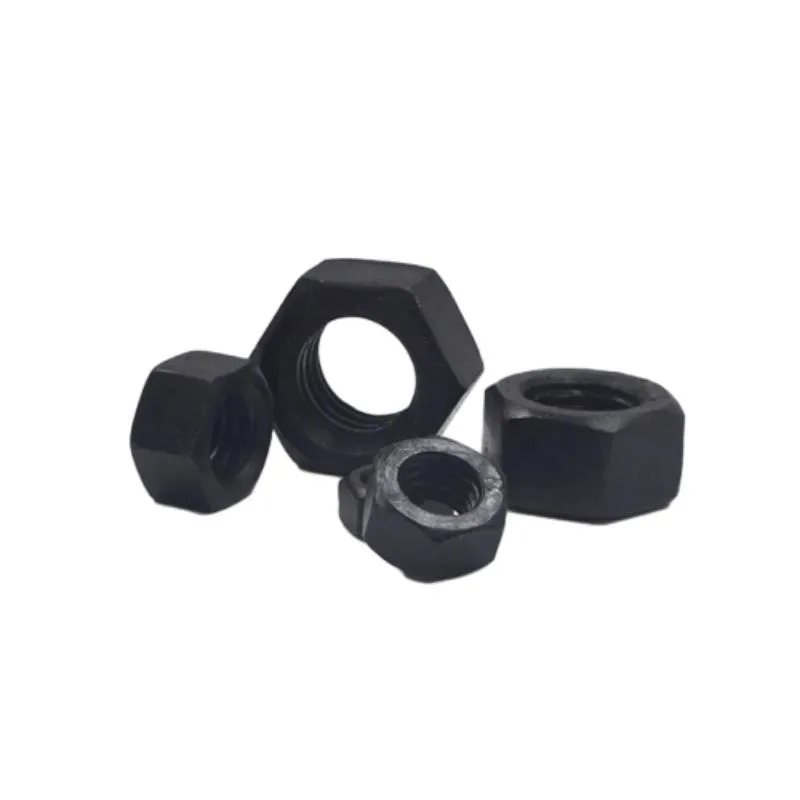অক্টো. . 03, 2024 09:28 Back to list
High-Performance Internally Threaded Sleeve Anchors for Secure Structural Support
Understanding Internally Threaded Sleeve Anchors
Internally threaded sleeve anchors are innovative fastening devices widely used in construction and engineering applications. They are designed to provide secure and reliable anchorage in a variety of base materials, including concrete, masonry, and stone. This article delves into the fundamental aspects of internally threaded sleeve anchors, including their design, advantages, installation process, and typical applications.
Design and Components
Internally threaded sleeve anchors consist of a cylindrical sleeve with internal threads, which allows for the attachment of a bolt or screw. The sleeve, usually made from durable materials like stainless steel or carbon steel, is engineered to withstand significant tensile and shear forces. This anchoring device generally features a conical end that helps facilitate insertion into a pre-drilled hole and ensures a snug fit.
The internal threads of the sleeve provide a secure surface for the bolt, allowing for easy adjustment and tightening after installation. The combination of these features makes the internally threaded sleeve anchor versatile, catering to a range of fastening requirements.
Advantages
One of the main advantages of using internally threaded sleeve anchors is their superior load-bearing capacity
. These anchors distribute loads evenly, reducing the risk of pull-out or failure in applications that experience dynamic or static loads. Additionally, the ability to adjust the fastener after installation provides flexibility in various applications.The materials used in manufacturing these anchors also contribute to their durability. For instance, stainless steel sleeves are resistant to corrosion, making them ideal for outdoor use or in environments with high humidity. This longevity ensures that structures remain secure over time, with minimal maintenance required.
internally threaded sleeve anchors

Moreover, the ease of installation makes internally threaded sleeve anchors a favorite among contractors. They typically require only basic tools, and the process can often be completed quickly without the need for complex equipment. This efficiency translates to cost savings on labor and time.
Installation Process
The installation of an internally threaded sleeve anchor involves several steps. First, a hole is drilled into the base material with a diameter that matches the sleeve anchor's specifications. The depth of the hole is crucial and should correspond to the anchor's length. Once the hole is prepared, the sleeve anchor is inserted, ensuring it is flush with the surface.
After aligning the sleeve anchor, a bolt is screwed into the internal threads until it is tightened to the required torque specification. It’s essential to follow the manufacturer’s guidelines during this process to achieve optimal performance. Once installed, the anchor should be tested to ensure it can withstand the intended loads.
Applications
Internally threaded sleeve anchors find utility in numerous applications. They are commonly used in fastening fixtures, such as shelves, cabinets, or heavy equipment mounts in industrial settings. Additionally, they are essential in the construction of structural components that require robust anchorage, including railings, signage, and frames.
In summary, internally threaded sleeve anchors are crucial components in various construction and engineering projects. Their design, coupled with their load-bearing capabilities and ease of installation, makes them an ideal choice for various applications. As the construction industry continues to evolve, the demand for efficient and reliable anchoring solutions like these will likely grow, underscoring their importance in modern construction practices.
-
The Ubiquitous Reach of DIN934 in Application Realms
NewsMay.16,2025
-
Exploring Different Bolt Types
NewsMay.16,2025
-
Cracking the Code of Sleeve Anchor Mastery
NewsMay.16,2025
-
Clamp Design Principles,Types and Innovations
NewsMay.16,2025
-
Artistry Inspired by the Humble Anchor Bolt
NewsMay.16,2025
-
A Deep Dive into Screw Types
NewsMay.16,2025


